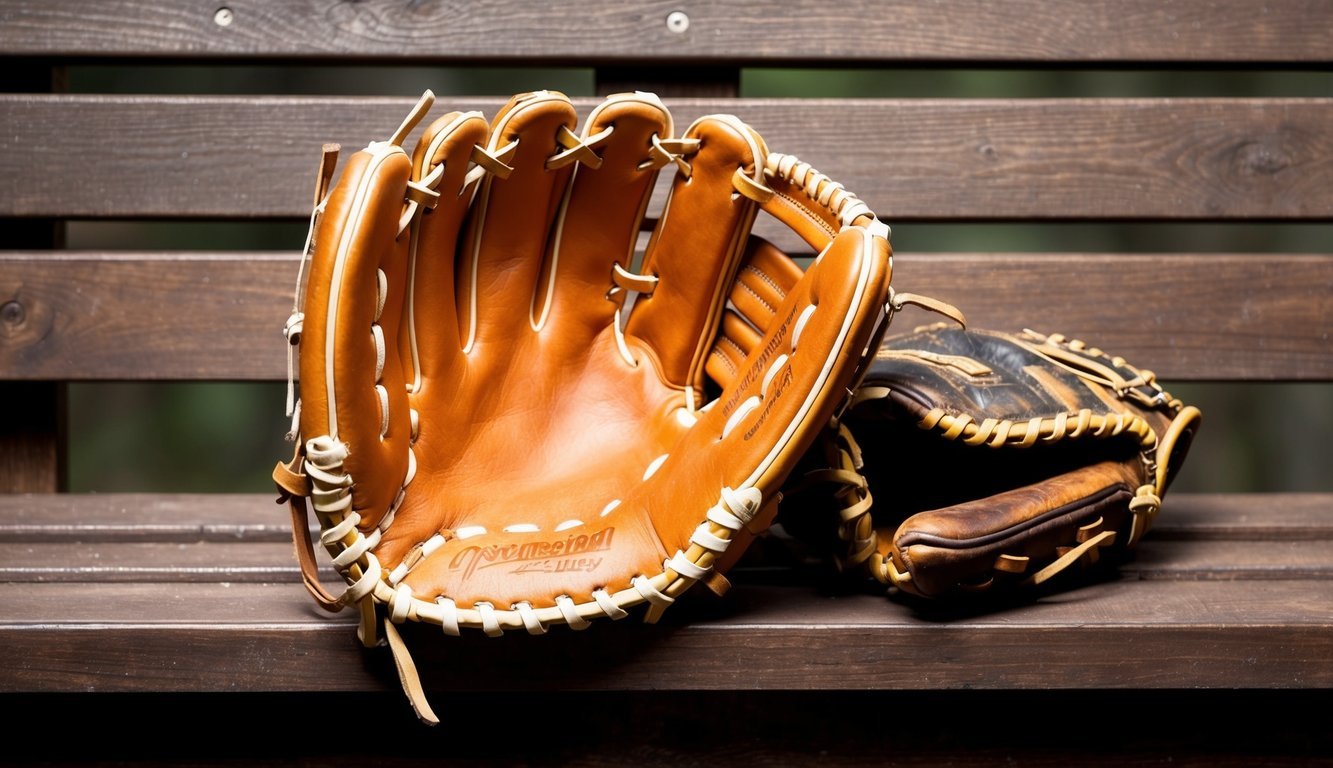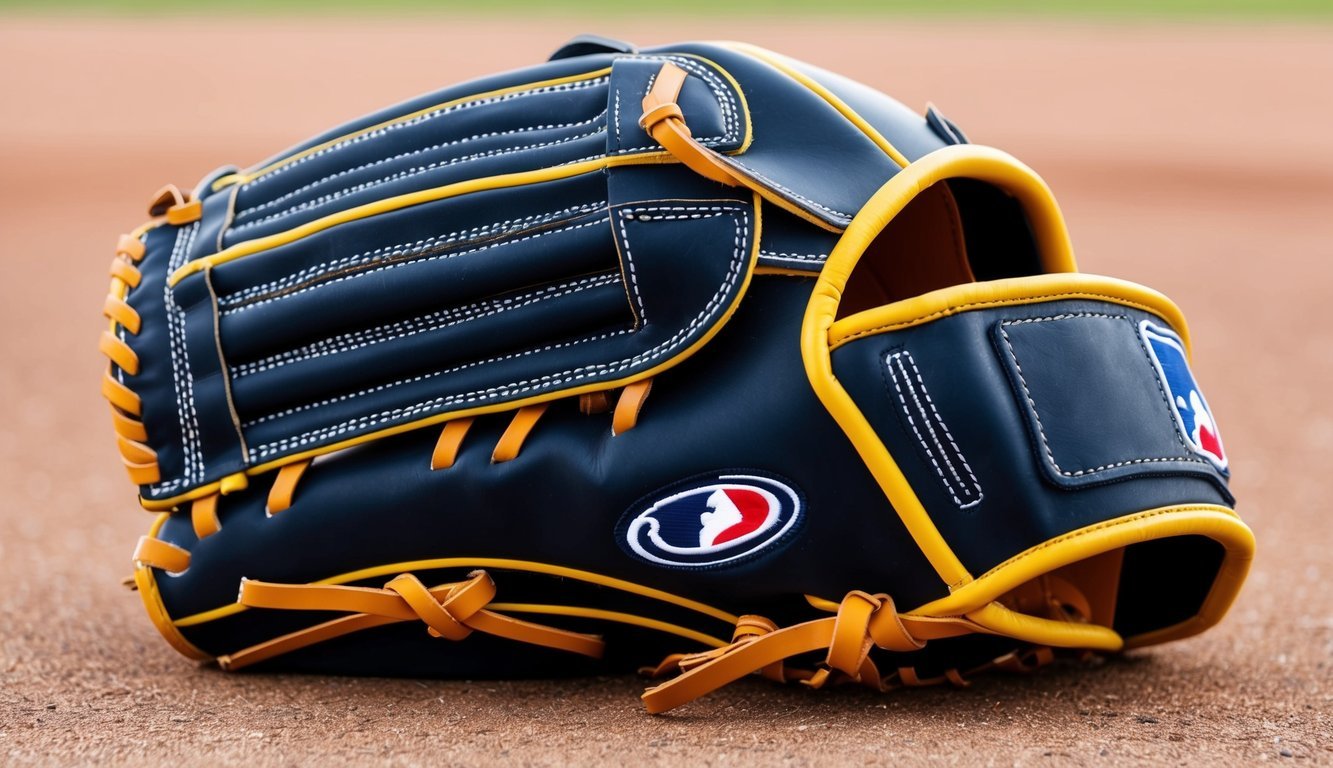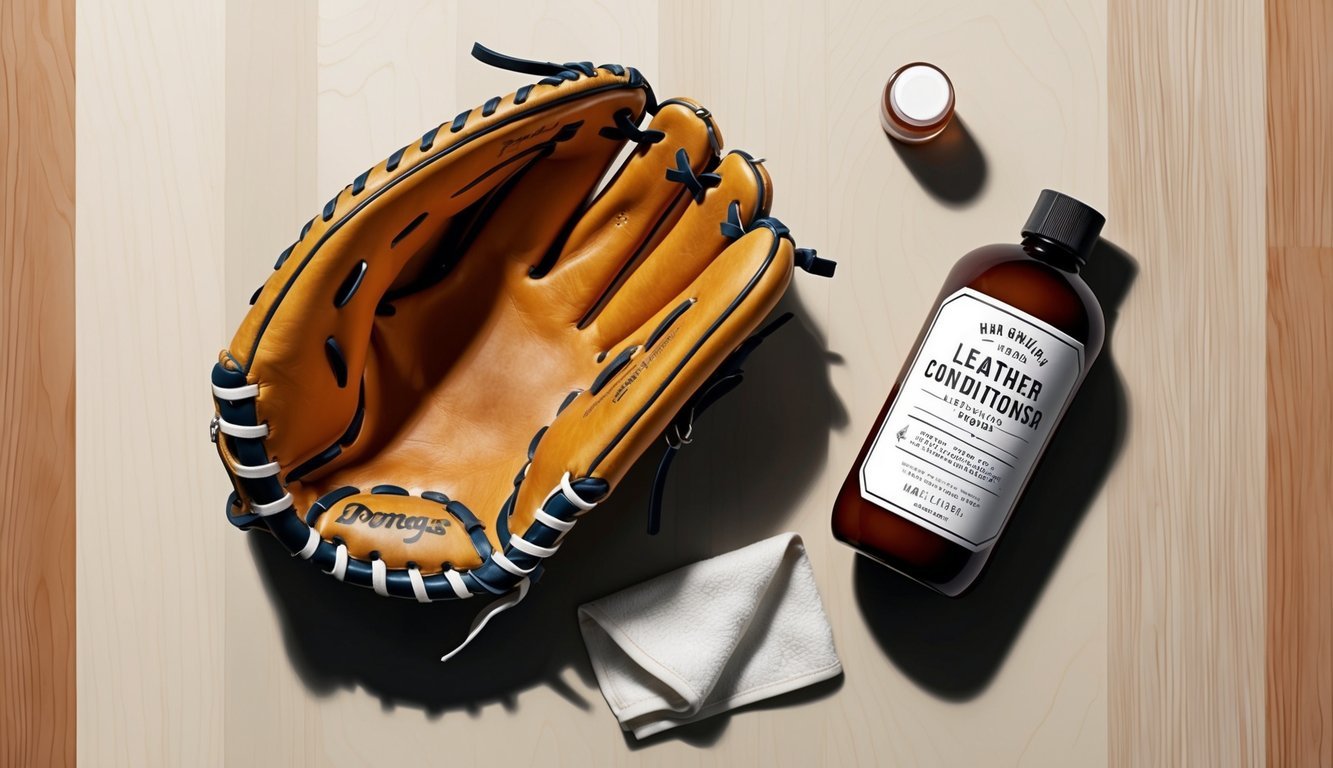Baseball gloves are essential equipment for any player looking to improve their game.
Having the right glove can make a significant difference in performance and comfort on the field.
The best baseball gloves for 2024 offer a range of options to suit different positions and playing styles. Top brands like Wilson, Rawlings, Mizuno, and Marucci continue to innovate, providing players with high-quality gloves that enhance their defensive capabilities.
When choosing a baseball glove, players should consider factors such as position, size, material, and break-in time.
Popular models like the Wilson A2000 1786 for infielders and the Mizuno Classic Pro Series for outfielders have gained recognition for their exceptional quality and performance.
With the right glove, players can feel confident and ready to make game-changing plays on the diamond.
Not only do these gloves offer great durability and comfort, but they also provide an exceptional fit that enhances a player’s overall performance.
When considering options for the best equipment, many players turn to rankings that highlight the top 5 outfield gloves, which often feature standout choices that cater to different playing styles and preferences.
Investing in a high-quality glove not only elevates a player’s game but can also make all the difference in high-pressure situations.
Selecting the Right Fit
Finding a baseball glove that fits properly is crucial for comfort and performance on the field.
A well-fitted glove enhances a player’s ability to catch, control, and transfer the ball effectively.
Understanding Glove Sizing
Baseball glove sizes vary depending on the player’s age, position, and hand size.
Youth gloves typically range from 9 to 11 inches, while adult gloves can be 11.5 to 13 inches or larger.
Infielders often prefer smaller gloves for quick ball transfers, while outfielders need larger gloves to maximize their reach.
To measure for a glove, players can use a flexible tape measure from the tip of their index finger to the base of their palm.
This measurement helps determine the appropriate glove size.
Position-specific sizing guidelines:
- Infielders: 11″ – 11.75″
- Outfielders: 12″ – 13″
- Pitchers: 11.5″ – 12″
- Catchers: 32″ – 34.5″
Features for a Comfortable Fit
A comfortable glove should feel snug without restricting movement.
The web should sit securely between the thumb and index finger.
Players should be able to open and close the glove easily.
Key comfort features:
- Padding in the palm and finger stalls
- Adjustable wrist straps for a customized fit
- Breathable materials to reduce sweat buildup
Breaking in a new glove is essential for optimal fit.
Players can use glove oil, play catch, or use a mallet to soften the leather.
This process helps the glove conform to the player’s hand shape.
Materials and Durability

The quality of materials used in baseball gloves greatly impacts their performance and longevity.
Leather type and construction methods play crucial roles in creating a glove that can withstand the rigors of regular play.
Comparing Leather Types
Baseball gloves typically use three main leather types: full-grain, top-grain, and kip leather.
Full-grain leather, often found in premium gloves, offers exceptional durability and develops a unique patina over time.
Top-grain leather provides a good balance of strength and flexibility, making it a popular choice for many players.
Kip leather, made from younger cattle, is known for its softness and quick break-in period.
It’s often used in high-end gloves for its superior feel and responsiveness.
Some manufacturers blend different leather types to optimize performance in specific areas of the glove.
Ensuring Long-lasting Use
Proper care and maintenance are essential for extending a baseball glove’s lifespan.
Regularly cleaning the leather with a damp cloth helps remove dirt and sweat.
Applying a leather conditioner every few months keeps the material supple and prevents cracking.
Storing the glove in a cool, dry place when not in use protects it from moisture damage.
Using a glove mallet to reshape the pocket after games helps maintain its form.
For added durability, some players opt for gloves with reinforced palm pads or web lacing.
Investing in a high-quality glove made from durable materials like steer hide leather can significantly extend its useful life, often lasting several seasons with proper care.
Top Brands and Models
Rawlings, Wilson, and Mizuno stand out as industry leaders in baseball glove manufacturing.
Each brand offers unique features and high-quality models that cater to players of all levels.
Rawlings’ Reputation in the Industry
Rawlings has been a trusted name in baseball since 1887.
Their Heart of the Hide series is a favorite among professionals and amateurs alike.
These gloves are crafted from premium steerhide leather, known for its durability and ability to form to a player’s hand.
Rawlings gloves offer excellent pocket formation and quick break-in times.
Many MLB players choose Rawlings for their superior feel and performance on the field.
The brand’s commitment to quality has earned them a large share of the professional market.
Wilson’s High-Quality Craftsmanship
Wilson’s A2000 and A2K series are highly regarded in the baseball community.
The A2000 line, introduced in 1957, continues to be a top choice for players at all levels.
These gloves feature Pro Stock leather, known for its longevity and consistent performance.
The A2K series takes craftsmanship a step further with triple sorting of the leather.
This results in a more premium feel and appearance.
Wilson’s attention to detail is evident in their gloves’ reinforced palm pads and DriLex wrist lining for moisture control.
Mizuno’s Innovative Design
Mizuno brings Japanese craftsmanship to the baseball diamond with their innovative glove designs.
Their Classic Pro series combines traditional styling with modern materials.
Mizuno gloves often feature unique leather treatments that enhance durability and feel.
The brand’s Bio Soft leather provides a quick break-in period without sacrificing longevity.
Mizuno’s Parashock Plus palm pad offers extra protection against hard-hit balls.
Their gloves are known for their lightweight feel and exceptional control, making them popular among infielders.
Position-Specific Features

Baseball gloves are designed with unique characteristics to suit different positions on the field.
These specialized features enhance players’ performance and comfort during gameplay.
Infielders’ Need for Flexibility
Infielders require gloves that offer maximum flexibility and quick ball transfer.
Middle infielders like shortstops and second basemen typically use smaller gloves, ranging from 11.25″ to 11.75″.
These compact sizes allow for swift hand movements and rapid ball retrieval.
The pocket depth is shallower, facilitating quick transitions from catch to throw.
Many infield gloves feature an I-web or H-web design, providing an open view of the ball while maintaining structure.
First basemen use a slightly larger mitt, usually 12″ to 13″, with a deeper pocket to scoop up low throws.
Their gloves often have a closed webbing to provide extra support for catching hard throws from other infielders.
Outfielders’ Preference for Larger Pockets
Outfield gloves are designed to catch fly balls and cover more ground.
These gloves typically range from 12.5″ to 12.75″ in length.
The extra size helps outfielders extend their reach and secure high-flying balls.
The pocket of an outfield glove is deeper than that of an infield glove, allowing players to trap the ball securely.
Many outfield gloves feature a trapeze web or H-web design, which provides a large catching area while maintaining visibility.
Outfielders often prefer gloves with reinforced palm padding to absorb the impact of hard-hit balls.
Some models incorporate shock-absorbing materials to reduce hand fatigue during long games.
Catchers’ Specialized Padding Requirements
Catchers’ mitts are the most distinctive gloves on the field.
They’re heavily padded to protect the hand from repeated impact of pitches.
Unlike other positions, catchers’ mitts are measured by circumference rather than length, typically ranging from 32″ to 34″.
The pocket is extra deep and wide to help secure fast pitches.
Catchers’ mitts often feature a closed web design for added protection and to prevent the pitcher from seeing the catcher’s signals.
Many high-end catchers’ mitts incorporate advanced padding technologies in the palm and thumb areas.
This extra cushioning helps absorb the shock of 90+ mph fastballs and reduces the risk of hand injuries over long seasons.
Accessories and Care

Proper accessories and maintenance are crucial for maximizing your baseball glove’s performance and lifespan.
The right gear and care routine can make a significant difference on the field.
Choosing the Right Batting Gloves
Batting gloves are essential for grip and hand protection.
Franklin Sports and Bruce+Bolt offer high-quality options.
Look for gloves made with Cabretta leather for durability and feel.
The Victus Debut 2.0 and Nike Huarache Pro are popular choices among players.
Consider factors like fit, ventilation, and wrist support when selecting batting gloves.
Try on different sizes to ensure a snug fit without restricting movement.
Some players prefer a tighter fit, while others like a bit more room.
Maintaining Your Baseball Glove
Regular care keeps your glove in top condition.
After each use, clean it with a soft cloth to remove dirt and sweat.
Apply a leather conditioner sparingly to keep the leather supple.
Make sure to avoid over-conditioning, as this can weaken the leather.
Store your glove in a cool, dry place.
You can also use a glove mallet to help maintain its shape and break in new gloves.
For stubborn stiffness, place a ball in the pocket and wrap the glove overnight.
This helps form a perfect pocket.
Consider investing in a glove care kit.
These often include conditioner, a mallet, and cleaning tools for comprehensive maintenance.
